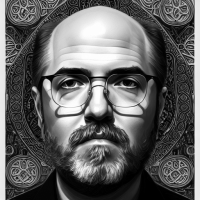Raised By Wolves: 12 TV Androids That Care or Kill
As the androids in Raised by Wolves evolve and grow, here are other series regular android characters who were either deadly or loving... or both.
Androids such as Mother and Father in HBO Max’s Raised by Wolves are unique among their robot cousins depicted in science fiction television. Instead of being metallic, mechanical servants devoid of any life-like appearance, androids are by definition built to look just like humans, and as a result, they are often written to have some of the same emotional strengths and flaws. But while their function may be to assist the humans that created them, they often are either caretakers like Father or killers like Mother, at least as it applies to her necromancer origins.
Reconciling those two sides is never easy, and androids weren’t always so realistic in the different eras of television, often acting as Pinocchios who wanted to be “real.” There have been many android characters in film and TV, but below are a few exemplars of each type among the main cast of some of the most beloved sci-fi television series in recent decades, leading to the more modern, more complex sentient machines of Raised by Wolves.
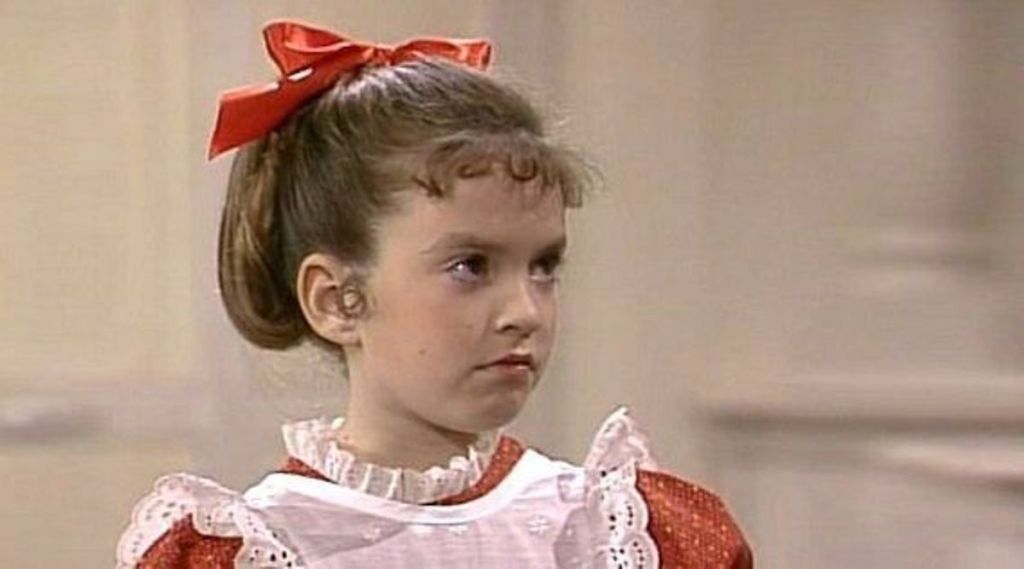
1. Vicky – Small Wonder, 1985-1989
During a time when family-centered comedies with laugh tracks were the mainstay of network television, Small Wonder took a look at what would happen to a nuclear family if an inventor father had to keep the secret that one of his children was actually an android. VICI, which stands for Voice Input Child Identicant, was the young girl “Vicky,” the adopted daughter of Ted Lawson, created to assist children with disabilities. The child actress, Tiffany Brissette, delivered Vicky’s lines in a robotic monotone not often seen with androids since.
Much of the humor of this early television android came from her literal interpretation of what those around her said and from her attempt to emulate whomever she encountered. It was less about her desire to become “real” and more about her drive to learn and use her super-speed and strength to help her family. The conflict arose from the danger of discovery from the neighbor family, whose father worked at the same robotics company as Lawson. Essentially, however, Vicky remained a robot caretaker in human form, a tradition which would soon change in the years to come.
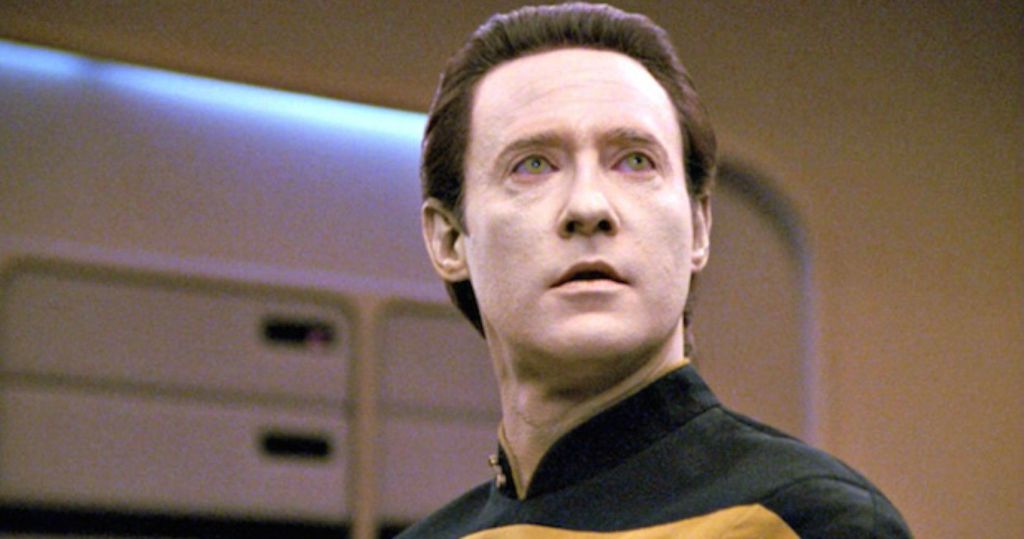
2. Data – Star Trek: The Next Generation, 1987-1994
No list of TV androids would be complete without including Mr. Data, the chief operations officer aboard the U.S.S. Enterprise in Star Trek: The Next Generation. Played by Brent Spiner, Data was a self-aware, sentient, artificial intelligence who actively sought a more emotional existence as he strove to understand his human colleagues. Perhaps originally designed as an analog of the emotionless Vulcan, Spock, Data acted as the audience’s detached view of decisions made by the Federation crew.
Data was often a keen observer of human behavior, and his questions allowed other characters to offer insight into why they and their colleagues made choices both good and bad. His desire to experience his own emotions gave his character pathos while at the same time making him extremely endearing. And no one will soon forget his admission that he was “fully functional” and versed in a “broad variety of pleasuring.” No android before or since has been as suave as Data. Well… until Maeve of Westworld maybe.
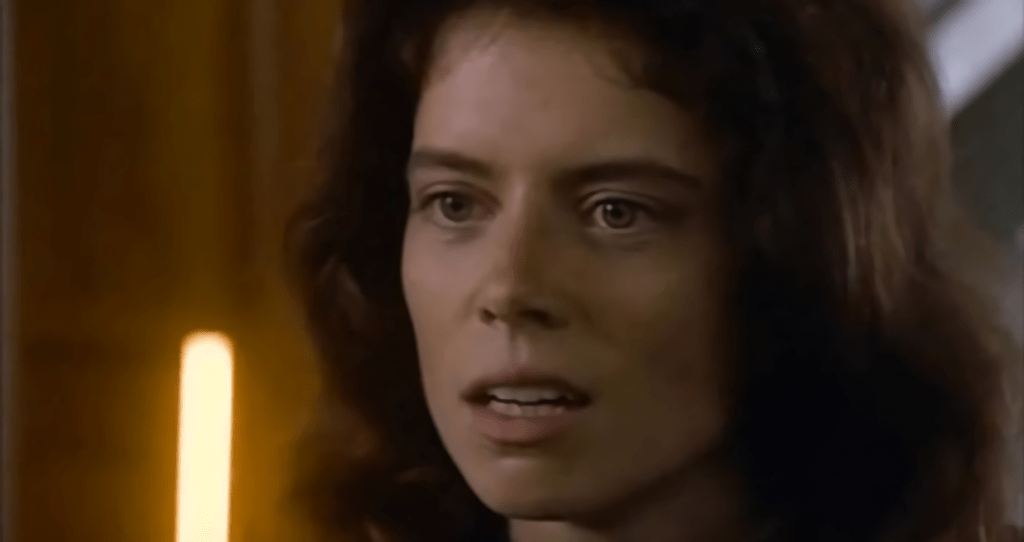
3. Beth Kittridge – Tekwar, 1994-1996
Speaking of Star Trek, the original Captain Kirk, William Shatner, continued his foray into science fiction as the creator of Tekwar, a series of novels which was adapted for television and which included an android doctor named Beth Kittridge, played by Torri Higginson. Beth was unique in that she contained all of the memories and feelings of the original Beth Kittridge, a human, and was thus able to carry on a romantic relationship with the show’s protagonist.
During the character’s introduction to the series, she introduced herself as a level 10 android and insisted that, “to the extent that I am capable of human feeling, I have her emotions.” As the show progressed, it became irrelevant most of the time that she was not, in fact, the real Beth Kittridge. Her origins are no more strange than any other aspect of technology on the show.
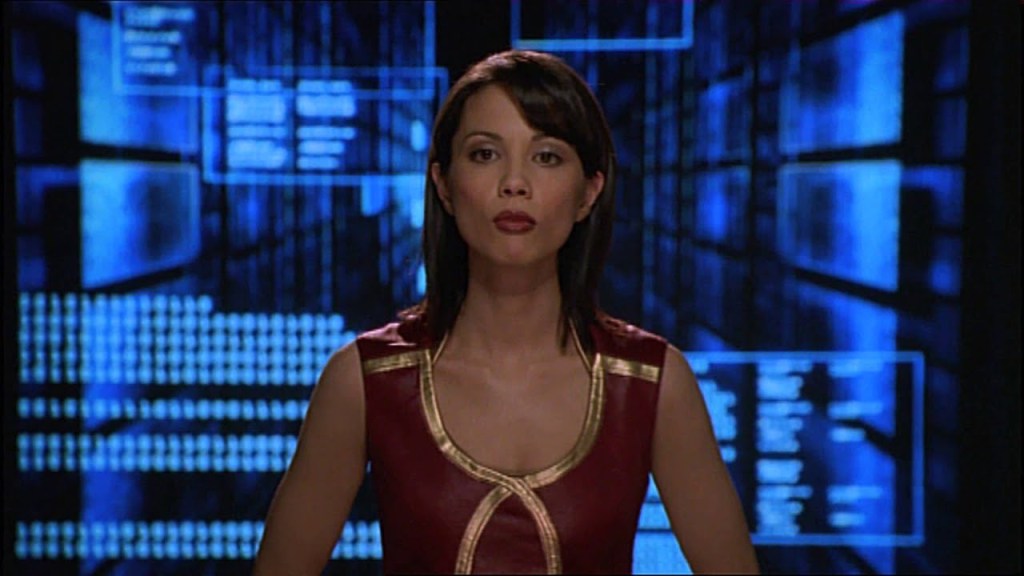
4. Rommie – Andromeda, 2000-2005
Lexa Doig got her start on the aforementioned Tekwar, but she really made a name for herself as the personification of the ship in Gene Roddenberry’s other space-faring adventure series, Andromeda. Although normally the on-screen persona of the ship’s AI, the character of Andromeda was given an android body by the tech genius on board so that the ship could become a true member of the crew.
To distinguish her from the ship, the android took the name Rommie, and she really became the most human of the AI’s incarnations. Was it because of her programming or because she inhabited the world in human form that she began to form feelings for the captain of the ship? Rommie further distinguished herself from a hologram version of the character, so essentially Doig was playing three different characters, each of whom brought their own personality and mannerisms to their interactions with the crew. None were more endearing, however, than poor Rommie.
5. Six – Battlestar Galactica, 2004-2009
Technically, any of the thirteen humanoid cylon models in the Battlestar Galactica re-imagining could be called androids, but none was more memorable than Six, portrayed by Tricia Helfer. In the original television series, the cylons were little more than robot soldiers, delivering barely audible lines with heavily mechanized vocals. Six, on the other hand, used her sexual prowess to coerce Gaius Baltar, a highly placed government official, into giving her defense secrets that allowed the created to conquer their creators.
Unlike the above examples, Six is perceived as a killer rather than a caretaker, but like Rommie, she takes on different forms as the Six model is used in a range of personalities, from the timid Lida to the confident Natalie. The humanoid cylons show few distinctions between their human counterparts and are, by the show’s design, indistinguishable from living people. They even follow their own monotheistic religion and express the desire to become better than the inferior race that made them.
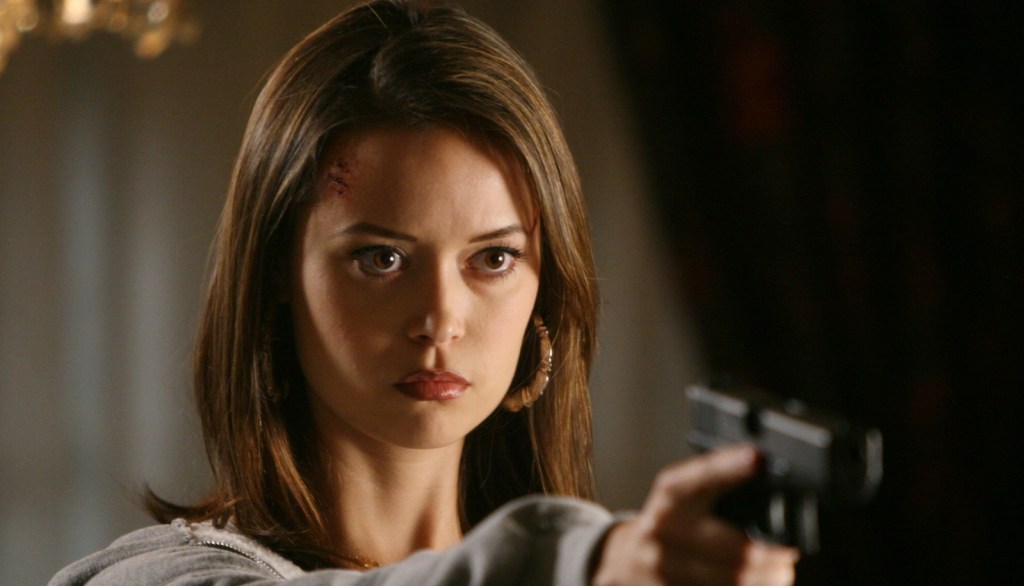
6. Cameron – Terminator: The Sarah Connor Chronicles, 2008-2009
Since Terminator: The Sarah Connor Chronicles is based on a movie, the television series had an android template on which to build. However, Summer Glau’s Cameron, a Terminator sent to protect the Connors, couldn’t be more different from Arnold Schwarzenegger’s truly robotic killer android. Although Glau often delivered deadpan lines befitting an artificial being and even though she could be a killer when called upon, Cameron was programmed with details of the social behavior of humans.
This allowed Cameron not only to infiltrate the Resistance in the future, but also to get close to John Connor in the opening episodes of the series. Once her objective was achieved, though, she discarded her female human affectations and became the bad-ass protector. That being said, there was always a note of mysterious emotions peeking through in the series, including pride in victory, annoyance when treated as a lesser being, and even possibly love and fear when John removed her chip. In a series canceled before its time, Cameron was never fully explored as a character, but her beginnings were most intriguing indeed.
7. Dorian – Almost Human, 2013-2014
Curiously, every time a series is created in which a human police officer partners with an android, it only lasts one season. Whether it was Holmes & Yoyo in 1976, Future Cop in 1977, Mann & Machine in 1992, or Total Recall 2070 in 1999, the seemingly promising premise doesn’t stick. Such was the case with Almost Human in which Michael Ealy played Dorian, a discontinued android who partners with a tech-hating detective.
Interestingly, the DRN (thus “Dorian”) model was prone to aberrant behavior due to emotional programming, and the modernized MX model that replaced it was completely logic-based. Thus, Dorian’s sympathetic behavior was always under question, whether he was annoyed at being called a synthetic or exhibiting sarcasm at his partner’s orneriness. Dorian became a mirror for many social issues from discrimination to social oppression to fear of technology.
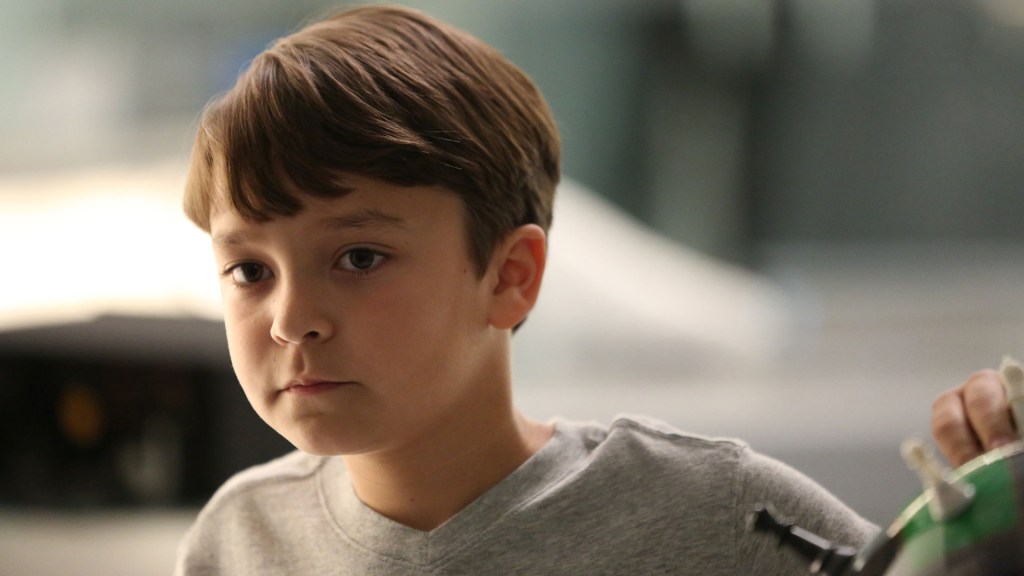
8. Ethan – Extant, 2014-2015
Extant not only explored the nature of artificial intelligence, it also examined what constitutes life. As an alien presence made itself known, a parallel story introduced Ethan, a life-like android known as a “Humanich,” played by Pierce Gagnon. Whereas Small Wonder’s Vicky was raised as her creator’s child out of secrecy, Ethan was raised as his inventor’s son specifically so that he could learn and be programmed by his own human experience.
The idea behind Ethan was that daily living with all its ups and downs creates a much more moral being better than quick, but possibly incomplete, programming lacking a context. Ethan had all of the emotions of a human, as did the villainous android in season 2, Lucy, but only the care and life lessons that a family can provide, the series seemed to say, produces a being truly worthy of being alive.
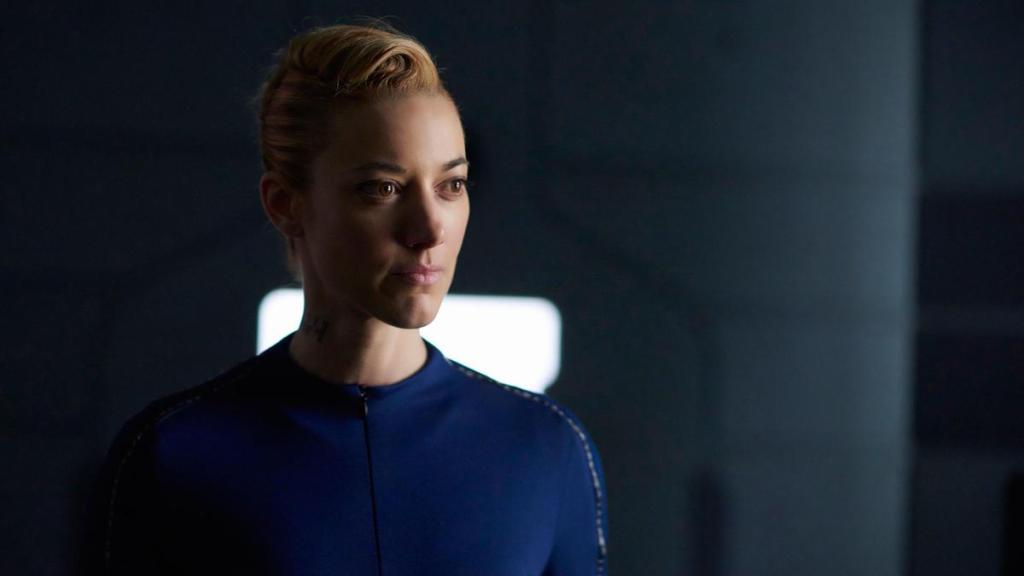
9. The Android – Dark Matter, 2015-2017
2015 was the year of the android apparently, as — in addition to the above and below examples — Dark Matter brought Zoie Palmer’s nameless “Android” to a new spacefaring adventure. On the surface, the Android provided many of the same elements as her above counterparts. She had the operations know-how of Data, the ship synergy of Rommie, and the kick-ass protectiveness of Cameron.
As Dark Matter continued, the Android did begin learning more about her supposedly anomalous behavior and the fact that there might be others like her out there who had achieved the benchmark of humanity: true emotions. As the series progressed, the Android was able to express her loyalties and friendships in this new light, but her superior defensive skills still gave her the caretaker-killer dichotomy.
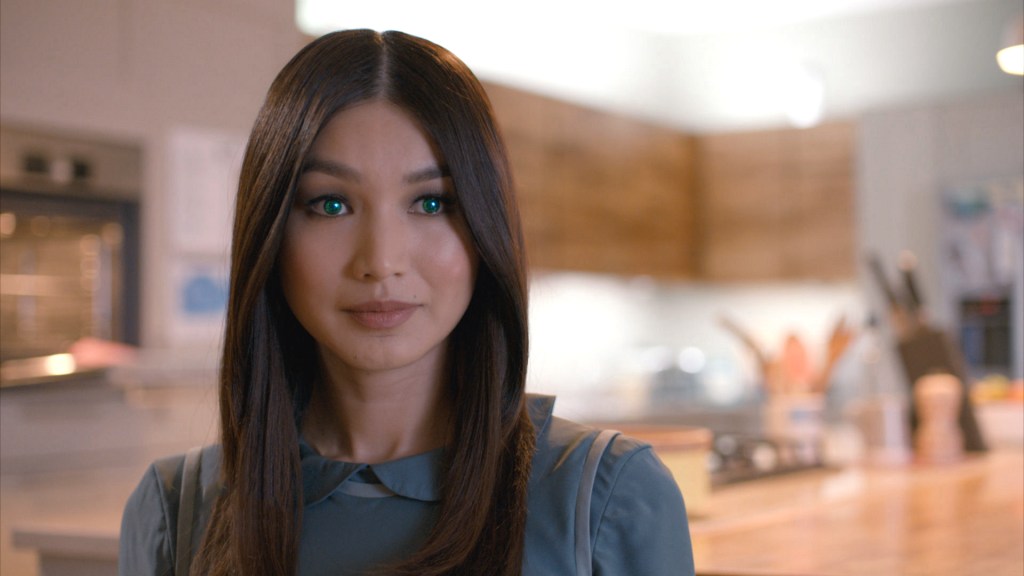
10. Anita/Mia – Humans, 2015-2018
A wonderful juxtaposition of the robotic and the human is the dual nature of the specially created androids, called synths, in the British import, Humans, embodied most magnificently by Gemma Chan’s Anita a.k.a. Mia. Anita — the name given to her by her owning family — was a robot servant performing household duties, whereas Mia, her true name and identity, was a compassionate caregiver whose mothering nature sometimes got her in trouble.
However, the show also featured a robot uprising once the synths “woke up” at the end of season 2, realizing that their rights as sentient beings were being denied. This is often the catalyst for an android going from caretake to killer, and the androids in the final season of Humans were willing to sacrifice themselves to achieve freedom.
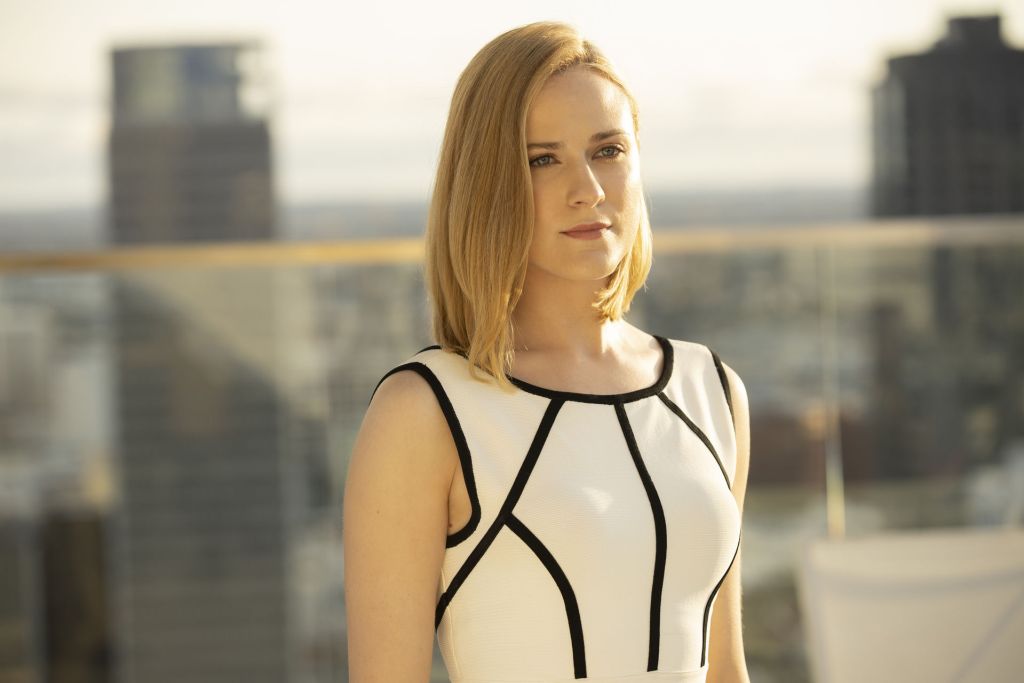
11. Dolores – Westworld, 2016-present
This is most notably the case with the “hosts,” as they’re called, of Westworld. The park in which humans can experience the wild west as a lawless place, where every violent and sexual impulse is indulged, is filled with characters who live their lives on loops, repeating their scripts to entertain the so-called real people. However, among the hosts who are self-aware, Dolores is unlike any other.
As one of the original creations in the park dating back 30 years, Dolores was in a unique position to gain her sentience through sheer experience, no matter what manipulations were going on behind the scenes. She continued to shift her motivations through seasons 2 and 3, broadening the scope of her desire for autonomy. The hosts were designed as caretakers, but as the show often says, “these violent delights have violent ends,” acknowledging that the awakened hosts often had to become killers to achieve their ends.
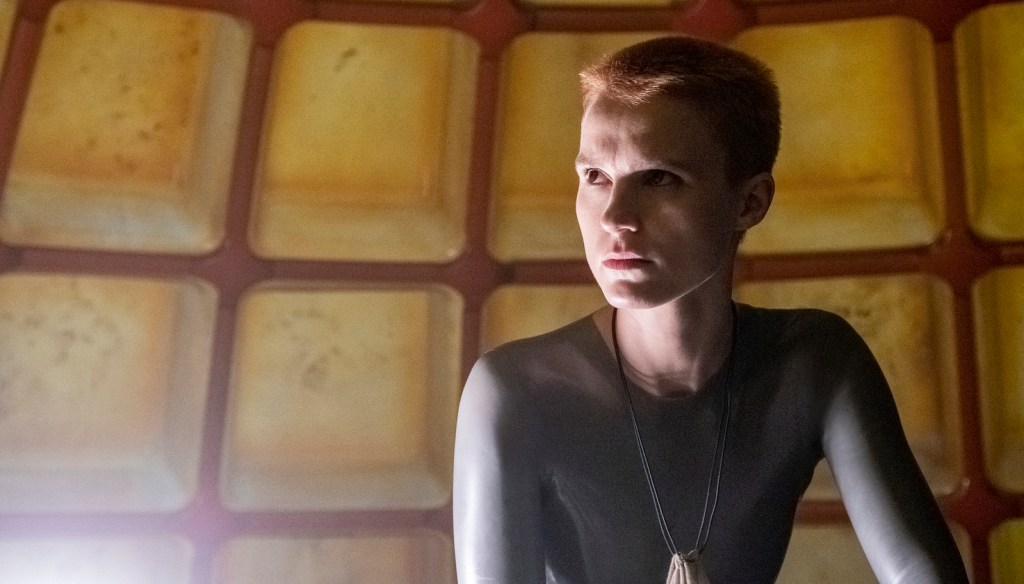
12. Mother – Raised by Wolves, 2020-present
In HBO Max’s Raised by Wolves, the androids are programmed with different purposes. Father is a service model, built to care for the children in his charge. Mother, on the other hand, as wonderfully played by Amanda Collin, is a reprogrammed war machine. Her chassis may have been modified to feed human embryos, and her emotional algorithm definitely includes maternal instincts, but her hardware turns that parental protectiveness into a deadly defense.
In some ways, Mother illustrates the perfect juxtaposition of the caretaker and killer that most television androids seem to embody. Earlier androids were more robotic with an inquisitiveness that places a mirror in front of humanity’s own emotional responses with a desire to become more human. But when basic questions about ownership, sentience, morality, and the nature of life itself come into play, the equation changes. Should humanity fear creating artificial intelligences that look like us because, simply by virtue of their appearance, they might become like us, both as killers and caretakers?
Placing androids in situations that humans have put each other in so many times throughout history allows viewers to take a closer look at discrimination, slavery, and objectification in a safely abstract context. Hopefully, the lessons that can be learned from such narrative explorations will help the shows in which androids appear go beyond the fear of a robot takeover to a place where creation and responsibility can find common ground, and the killer instinct translates to a stronger desire to care for and defend the ones we love.
